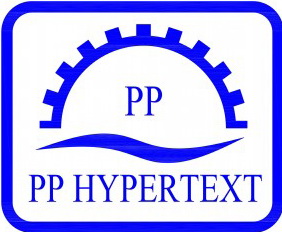Demineralization system
Demineralization System

Demineralized Water also known as Deionized Water, Water that has had its mineral ions removed. Mineral ions such as cations of sodium, calcium, iron, copper, etc and anions such as chloride, sulphate, nitrate, etc are common ions present in Water. Deionization is a physical process which uses specially-manufactured ion exchange resins which provides ion exchange site for the replacement of the mineral salts in Water with Water forming H+ and OH- ions. Because the majority of Water impurities are dissolved salts, deionization produces a high purity Water that is generally similar to distilled Water, and this process is quick and without scale buildup. De-mineralization technology is the proven process for treatment of Water. A DM Water System produces mineral free Water by operating on the principles of ion exchange, Degasification, and polishing. Demineralized Water System finds wide application in the field of steam, power, process, and cooling.
Electrodeionization (EDI)
What is EDI?
High purity water production has traditionally used a combination of membrane separation and ion exchange processes. EDI is a process which combines semi-impermeable membrane technology with ion-exchange media to provide a high efficiency demineralization process.
Electro dialysis employ electrical current and specially-prepared membranes which are semi permeable to ions based on their charge, electrical current, and ability to reduce the ions based to their charge. Through electro dialysis an electrical potential transports and segregates charged aqueous species. The electrical current is used to continuously regenerate the resin, eliminating the need for periodical regeneration.
The EDI process produces industrial process water of very high purity, using less than 95% of the chemical products used in the conventional ion exchange processes. With EDI system membranes and electricity replace the million gallons of acid and caustic chemicals that the old processes required daily.
How does it work?
An EDI stack has the basic structure of a deionization chamber. The chamber contains a ion exchange resin, packed between a cationic exchange membrane and a anionic exchange membrane. Only the ions can pass through the membrane, the water is blocked.
When flow enters the resin filled diluiting compartment, several processes are set in motion. Strong ions are scavenged out of the feed stream by the mixed bed resins. Under the influence of the strong direct current field applied across the stack of components, charged ions are pulled off the resin and drawn towards the respective, oppositely-charged electrodes. In this way these charged strong-ion species are continuously removed and transferred in to the adiacent concentrating compartments.
As the ions go towards the membrane, they can pass through the concentration chamber (see figure) but they cannot reach the electrode. They are blocked by the contiguous membrane, that contains a resin with the same charge.
-
Superpulsator® Clarifier The Superpulsator Clarifier combines basic chemical principles and proven clarification technology in a high-rate, solids contact clarifier that offers m...
- Conventional Water Filtration Sand filter Pressure sand filters (PSF) are used in many industrial applications and often are popularly termed rapid sand bed filters. RPSF consi...
- Reverse osmosis (RO) is a process that forces a feedwater stream containing dissolved impurities (salts and organics)through a semipermeable membrane into two separate st...
- Bio Wastewater Treatment. Theactivated sludgeprocess is the most commonly applied biologicalwastewater treatmenttechnology. In this process, a bacterialbiomasssuspension (theactiva...



